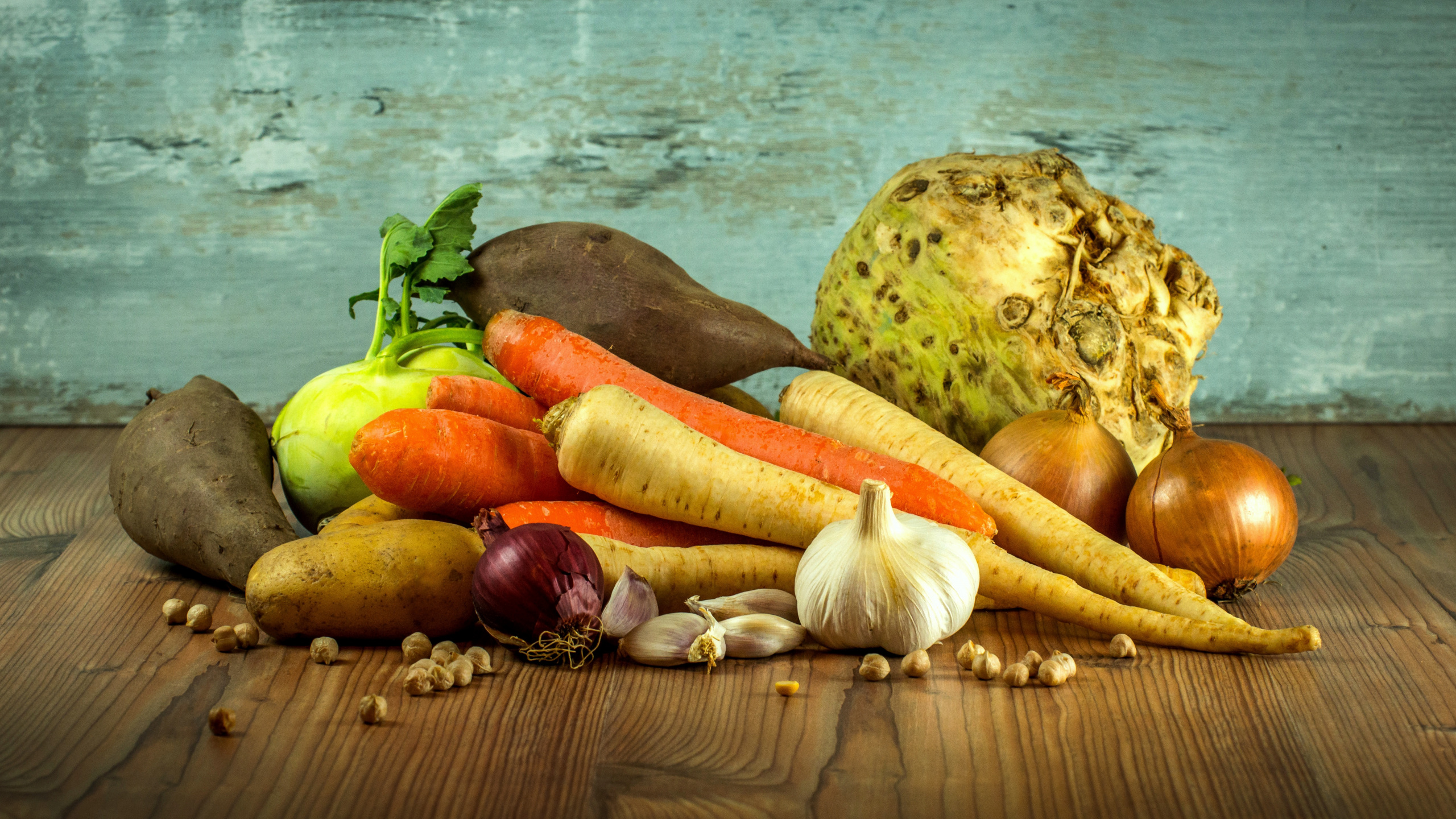
How to reduce your foodprint for your 2022 New Year’s resolution
Many of us use this time of year to reflect on what we want to do differently in the year ahead. One resolution that could really help the planet? Reducing your foodprint.
We should be able to trust that the food we buy in the grocery store is safe, and grown in ways that won’t threaten our health.
You want to lead a healthy life, and help your family do the same, and you trust that the food in the grocery store is safe, and grown in ways that won’t threaten our health or safety. But that’s not always the case, and the evidence connecting toxic pesticides to serious health risks, like cancer, continues to grow. It’s also clear that the early warning system for contaminated food, and our food recall system, need a serious overhaul. We can and should expect better.
Many of us use this time of year to reflect on what we want to do differently in the year ahead. One resolution that could really help the planet? Reducing your foodprint.
Stop The Overuse Of Antibiotics
We know we can get factory farms to change their practices if America's largest restaurant chains commit to serving meat that has been raised without the routine use of medically important antibiotics.
A report released Thursday by a U.S. House of Representatives subcommittee said four of the seven largest baby food manufacturers have sold baby food with “significant levels of toxic heavy metals” dating back to at least late 2019.
The emergence and spread of the novel coronavirus pandemic is a symptom of how we raise food animals across the world.
The Centers for Disease Control and Prevention released its new Antibiotic Resistance Threats in the United States report, which estimates at least 35,000 Americans die annually from infections that antibiotics can no longer effectively treat.
In response to the health risks posed by antibiotic-resistant bacteria, McDonald’s has announced it is implementing new targets for cutting antibiotic use in the global chicken supply, and plans to expand its commitment to fewer antibiotics in pork and beef.
Last week, scientists predicted that this year’s hypoxic zone in the Gulf of Mexico will be the 3rd largest since monitoring began 32 years ago. The “dead zone” will cover about 8,185 square miles — an area roughly the size of New Jersey.
Consumer Watchdog, PIRG